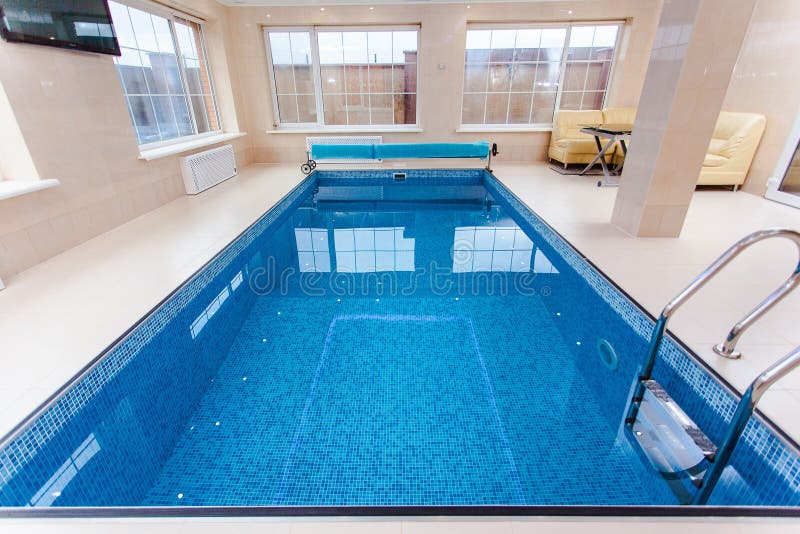Learning to Love The Pool Again
Over the past several years, as I've contemplated starting a lupus blog, I collected ideas in a journal. I was enthusiastic about this adventure and eager to write about a subject I'm so passionate about. That journal is now spilling over with little scraps of paper, mangled post-it notes and articles I thought were insightful. As I sort through it, one topic keeps jumping out at me .... aquatic therapy!
Growing up, I looked forward to the swimming pool in the summer or a family vacation at the beach. I enjoyed splashing around with friends or a game of Marco Polo. As a teenager and adulthood, my athletic interests veered towards land-based sports: soccer, tennis, softball, hiking, etc. Aside from the water survival training I received in the FBI, I didn't consider myself a swimmer in the traditional sense. But, when lupus entered my life and caused severe photosensitivity I was pretty devastated and couldn't imagine a life without sports and sunshine.
Lupus photosensitivity affects many lupus patients and is exacerbated by the sun, fluorescent lighting and even computer screens. Often causing a skin rash to develop or worsen with exposure and even fevers over 100 degrees. Avoiding the sun during the heat of the day (10 am - 4 pm) for prolonged periods and wearing sunscreen (30+ SPF), hats and sun protective clothing, are a must if you do venture outside. Photosensitivity can vary depending on what climate you live in and your particular disease activity.
Aquatic Therapy
In 2005, when my rheumatologist first recommended aquatic therapy, I thought he was crazy. An outdoor swimming pool was the last place I could go. So, he explained it's physical therapy done in an indoor pool. Of course living in San Diego you don't find too many indoor pools, so he wrote a prescription for physical therapy. There was a medical center with a pool less than 10 minutes from my house. This was a particularly rough time for me. My disease activity was at its highest; walking to the mailbox had become as a chore, driving a car was excruciating (especially a manual transmission) and lifting anything heavier than a tea mug was out of the question. I'd just been medically retired from the FBI and was feeling pretty low about life in general. But, once I started the warm water exercising my joints started to respond; it was so soothing physically and mentally.Since then, aside from a few setbacks due to lupus flares, I've been able to continue with aquatic therapy on my own and thoroughly love it! I'd start in the shallow end of the pool and walk for 5 - 10 minutes then move into the deep end using a buoyancy belt. The buoyancy belt, or flotation belt, suspends the body vertically in the water at shoulder level for a low-impact workout. More importantly, your hair stays dry!
AquaJogger
A physical therapist introduced me to AquaJogger, a flotation belt for water jogging. Some pools will have flotation belts on hand to borrow or you can buy them on-line at AquaJogger. There are different types of flotation belts depending on your body type and activity level. Most of them come with a water workout guide and DVD.Water walking, or water jogging, has become very popular over the past 10 years. It's especially beneficial for anyone with joint & muscle pain or mobility issues, and beneficial for injury prevention and rehabilitative exercise. And, you don't have to be a champion swimmer to get a water workout or have to pay for expensive gym membership dues. I recommend seeking out your local city or county recreation facilities, such as a YMCA type organization, for indoor pools. Depending on what part of the country you live in, maybe even your local high school pool will offer access or even select hotels.
I now live in Atlanta, Georgia, and go to a county recreational facility that has 2 indoor pools (lap pool & leisure pool for kids). The rates are discounted for county residents and seniors (50+ years old) can purchase a seasonal pass for under $60 with unlimited use Monday - Friday.
Just getting in the pool even once or twice a week, can provide enormous relief. Moving in the water, as opposed to on land, relieves some of the pressure. Water walking has enabled me to stay active in light of the spinal issues I live with; including spondylitis and degenerative disk disease. It's an excellent option for any pain management plan.
Another added bonus, after water exercise my spirits are lifted, I feel a sense of calm and have a really good nights sleep!
 |
| Even Giggles enjoys the pool! |
Please remember to check with your doctor before starting an exercise program you aren't familiar with and/or need assistance!

No comments:
Post a Comment